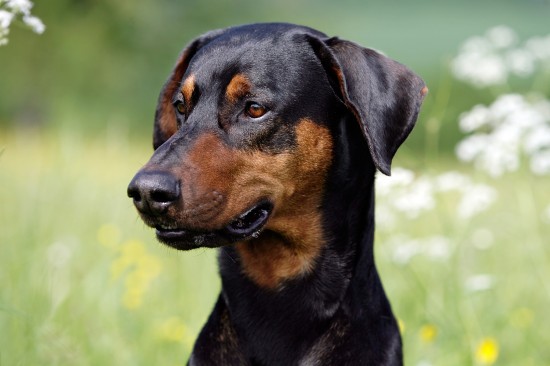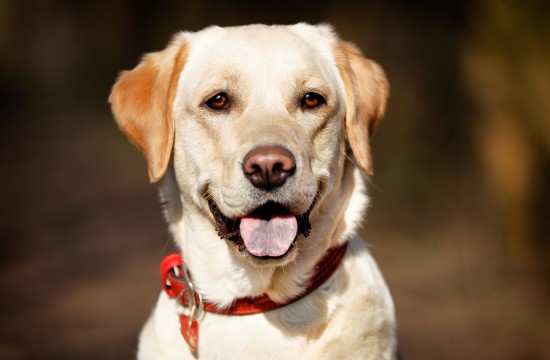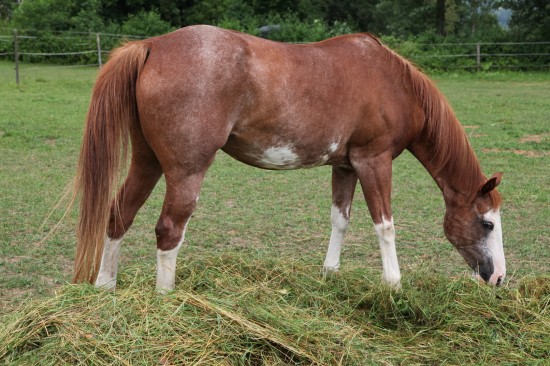
Most people see the summer months as a time to get outside with the family and do a variety of recreational activities. Whether it’s hiking in the woods or swimming at the park, the entire family can be included, even your four legged partner, who, during the winter months tends to lead an inactive lifestyle.
As the weather begins to break and spring turns into summer, dog owners are advised to use moderation when resuming their outdoor activities. Most veterinarians and professional dog trainers will tell you that dogs who lead a sedentary lifestyle during the off-season are in a high risk group when spring and summer time comes around.
Limit Activity and Plan Accordingly
Moderation is also the key to properly conditioning your dog for summertime activities. You would never think of going out and running 5 miles the first time out. Instead, you would start slowly and over the course of months you would build up to your ultimate goal. The same principles hold true when exercising your hunting dog or family companion. Limit your initial activities and gradually increase the duration over time.
It’s also important to plan your training activities during the cooler times of day. Early morning and late afternoon are ideal times to get out and enjoy time with your dog. If you’re thinking of take your dog for a daily walk, early morning is the best time. Eight hours of the sun pounding down of the sidewalks and asphalt can really make it uncomfortable for your four-legged partner. Your dog’s pads can quickly burn when exposed to the hot blacktop.
If your dog has long or double coat, a summer hair-cut can help dissipate his body heat. Make sure when you bring your dog to the groomer he does not cut your dog’s hair too short as this will greatly increase the chance of sunburn. Just like humans, dogs can be burned by the sun so it’s important to limit your activity to times when the sun is most intense. Typically the midday (between 11 am and 3 pm) is the time when the sun is at its highest point and its rays are the most harmful to you and your dog. Like humans, dogs with lighter colored coats tend to be fairer skinned and more sensitive to the sun’s harmful rays.
Keeping Your Dog Cool
When a human body gets hot we perspire or sweat. It’s through sweat that we are able to cool our bodies. Dogs perspire through their mouths by panting. The hotter they get the more they pant. Even though dogs don’t sweat and benefit from the thermal transfer of heat through sweat to air you can help your dog overcome the effects of heat by keeping him in an area with moving air. The air blowing across their body will help keep him cool through radiation and conduction (solid to air transfer).
Recognizing Heat Related Problems
The onset of heat stroke can be quite subtle and difficult to detect. Your dog may slowly progress from heat stress to heat exhaustion and finally heat stroke. In addition to an increase in the dog’s body temperature from a normal temperature of 101.3, the signs of heat related problems are: labored or deep and hard to control breathing, excessive panting, tacky and bright red gums, fatigue sometimes leading to collapse and even unconsciousness. It is important to get your dog out of the heat as soon as possible at the first signs of heat related problems. It’s also advisable to wet your dog down with cool, tepid water or applying cool towels directly to his body to help dissipate the heat. Please note, you do not want to bath your dog in ice cold water. This will cause your dog’s blood vessels to restrict and will cause a slower recovery time. In the event of an emergency, seek medical attention for your dog immediately, even if he seems to have fully recovered.
 What Is Von Willebrands Disease In Dogs ?
What Is Von Wille
What Is Von Willebrands Disease In Dogs ?
What Is Von Wille
 The Often Forgotten Health Problems Obesity Causes In Cats And Dogs
The Often Forgott
The Often Forgotten Health Problems Obesity Causes In Cats And Dogs
The Often Forgott
 Good Mid-sized Dog Breeds For The First Time Owner
Good Mid-sized Do
Good Mid-sized Dog Breeds For The First Time Owner
Good Mid-sized Do
 Feeding The Senior Horse
Feeding The Senio
Feeding The Senior Horse
Feeding The Senio
 Quaker Parrot Or Monk Parakeet
Quaker Parrot Or
Quaker Parrot Or Monk Parakeet
Quaker Parrot Or
Copyright © 2005-2016 Pet Information All Rights Reserved
Contact us: www162date@outlook.com